Exclusively for AvaxNews: Learning Abilities Of Insects
Advertisements:
Once upon a time a myth was born that insects, unlike animals, are just a machines that not capable of learning and survive only based on their instincts. That myth has become the widespread opinion. Of course, this opinion is indeed erroneous, like many other widespread opinions. Let us try to find out which part is a myth and which part is true.
At the beginning of the 20th century Russian zoopsychologist Vladimir Wagner suggested an idea according to which the animal world is divided into two large parts: vertebrates and invertebrates, emphasizing that vertebrates have better developed reflexes and individual ability to learn, and invertebrates have better instincts.
There is no doubt that insects have many instincts and these instincts lie at the core of their behavior. Apparently, innate behavioral elements must be [adapted] to a certain animal and its surroundings and according to that statement, almost all animal instincts are learned. Simple example: bees are born with the ability to understand the [dance language]. Each individual learns this instinctive ability during its whole life but only around 20% master it while the rest of the bees die illiterate. In fact, most of the individuals react to food odor, without any [smart tricks] therefore [dancing language] does not carry any information whatsoever for them. Still, the bees [dance] while trying to pass on to their relatives the knowledge about the [hot spots] where there is plenty of food and some individuals learn how to interpret this information. In every generation there are those who try to learn and those who fuss around the dancing scout-bee with no idea what they should be doing. As a result, certain individuals (intelligent minority) forage according to the exactly specified direction, and other individuals (senseless majority) simply forage God knows where.
In a sense, an instinct is like knowledge by Platos concept, which we only [recall] (we only remember what we learn). Instincts are an innate reaction and animals are just practicing their performances. Vertebrates practice it through childrens games while insects are simply repeating actions instinctively and changing its characteristics – adapting. Of course, practicing is built on instincts. When an octopus (or a monkey, a bird or an ant) learns how to use tools, it is relying on a strong instinctive basis of behavior.
By the way, ants do use tools quite effectively. For example, they use dry clumps of soil as a sponge and soak it, lets say, in paddles of timber sap and that enables them to carry much more fluid each time. Certain species sew leaves together using their own larva like a stitcher. They really learn the same way we humans perceive. The way we perceive a learning process is by combining an instinct with some innovation. Just like the process of learning to ride the bicycle: it is simply a habit of keeping the balance, as we do naturally, but in slightly new circumstances.
For example, in the Formica species, ants are divided into teams. Everything is as it should be – 10-12 workers lead by a team leader. These teams do exactly what they should do: building and repairing. As it turns out, these teams are not similar. Team leader is the most dynamic and experienced – he immediately senses the place that needs repairing, how to approach the location and puts everyone else into action. A few workers, (3-5) experienced individuals, are easily activated and quickly fit into the rhythm and are totally dedicated to their work (the first thing that comes to mind is athletic guys in overalls, but actually all ant workers are [girls], or sterile females). Several individuals in the team arent really useful and there will also be 2-3 youngsters. They barely have come of age and suddenly they are working. It seems like only yesterday they were babies. These youngsters will not be productive for a long time. They are just a bunch standing there or playing, running around, carrying around unnecessary things or dragging each other for no reason. The team leader chases them away from complicated tasks because they might do more harm than good. During these games and rare attempts to work with adult ants, youngsters slowly learn. Later on some of them may become very experienced workers or even great team leaders while others become do not excel at anything. In general, each ant has its own career. Although its purpose is determined by heredity, the ant still chooses its path within the anthill. Partially it is determined through the [connections] a particular ant has. If it is lucky enough to be in a team with a great team leader, it will have high-quality learning and soon this very ant is a team leader himself. In less lucky cases, the teams splits during the most important period of the young ants life, other things go wrong and then you have an unsuccessful, passive forager. If it is told to [carry] something, it will do it unquestionably and not in a very good manner. It is simply unable to think what is best for the nest on his own.
By the way, the term, [ants career] is not an artistic exaggeration. Actually, it is what distinguishes ants from termites which are often called [social cockroaches]. We will simplify the picture. Termites exist based on an incomplete metamorphosis or hemimetabolism: they grow up through consecutive molting stages. As for ants, they have complete metamorphosis or holometabolism: the larva stage, pupa, adult ant, that’s all. Based on incomplete metamorphosis (7-8 stages) the social regulation system is unlimited but there are some dead-end options. For example, when you have only one morphological step (you are destined to be a soldier, no questions asked), and in certain cases there are several options to choose from. You can become a worker for different purposes, or maybe even transform into female. At all times this process is controlled by the food supply and related issues. Thus, the main game in termite nest is based on the balance between various morphotypes. There are around 30 morphologically different family members that are needed for various purposes and their relative number is indeed their social strategy. This is a game of physiology and morphology. Ants are individuals that are more homogeneous (have more uniformity) morphologically. There arent so many different types of family members and consequently the behavioral limits are wider and more flexible. Therefore, ants actually have the possibility to choose the career within its family group: it can leave the construction job because it does not like it, or become a forager, or maybe even become a team leader if it is lucky enough. Alternatively, it can become a nanny. It is true these transitions are limited, nevertheless they are possible. [Social elevators] do exist in anthills and some ants use it quite successfully. It all depends on how active each ant is, its connection within small groups (2-3 individuals in the social group that are [old friends]), as well as on what it learned and how good it is at applying what it learned. You can call it various [mind games]. As for termites, they have mainly [chemical reaction games] – what type of substance should I secrete right now to get more individuals to follow a certain path so that suddenly there are more soldiers within the area.
Ants learn not only by doing things the hard way. It seems like we have enough proof that ants also learn by the method of [watching and imitating] although there is no such thing as teachers amongst ants the way we interpret it. That is, youngsters in these teams learn not only from what they do by themselves, but also by watching others. For example, when hunting for springtails, youngsters observe hunting methods of experienced hunters and learn from it. This fact is not yet fully proven. By the way, ants are highly dangerous hunters. Ants catch a fly by snatching it quickly. We all know how slippery the fly is. An ant spots a fly, creeps up on it and bam! It snatches the fly by its wing. That is the end of the road for the fly because our hunter will drag it to the anthill no matter what. This is true only if an ant is experienced, of course. Hunters leave the anthill every morning and those hunters go separate ways using already familiar trails to forage for caterpillars, flies larvae, bugs and anything else they can chew. What happens next to the prey is very intriguing: ants have conjoint stomach for the entire anthill. It looks as follows: ant tears the prey to pieces with its jaws, swallows it, then digests it for a little while and regurgitates it to the next ant in line, and the process repeats itself. Thus, an anthill is held together by nothing else than conjoint food digestion and continuous food exchanges.
However, ants must acquire not only hunting techniques but also must study their prey as well. Here is an example: if there are normally not any springtails within the anthill’s surroundings, the ants simply may not recognize it as food if they happen to encounter one. They touch it with their antennae as if it were a fellow ant. Just like when you see a rabbit for the first time. So what, it jumps up and down – this is even interesting. Even adult, two-month old ants (a respected age within ants world) behaved as innocent children. But even these respected and experienced ants could not tell the difference between the springtails and landscape decorations. It is safe to say that out of two hundred encounters with the springtails only 7 resulted in successful hunting. Otherwise it looked like this: foraging workers encounters the potential prey, strokes it with its antennae, and walks on by. This is not surprising really since most of the ants do not have the necessary experience.
Does each individual learn separately? An interesting hypothesis by the name [ants culture] was put forth. The main idea of this hypothesis says that social education does exist – not primary and accidental learning of each ant separately, but certain traditions within the family that are passed on to the younger generation without exceptions. Truthfully, this hypothesis still is not supported for a very simple reason. Amongst [green] ants that were mentioned earlier, there are a few individuals (just a handful) who attack the springtail instantly. Whether their hunting instincts are developed on such high level, or they are highly aggressive by nature, is unknown. But this is a fact: almost all ants peacefully pat springtails and all of a sudden one individual attacks and eats it. Nevertheless, these few aggressive individuals make it hard to claim that ants culture does exist.
Maybe it is all about the level of reaction. Yes, the entire complex of aggressive behavior lays at the basis of the ants instincts. For most ants, the activation of this complex demands additional conditions – this is what we call learning. In other words, we can say with confidence that not all ants have ready-made hunting instincts. Among most of the ants it is semi-conscious and must be learned, including by observing the behavior of much more experienced friends – just as with human beings!
P.S. In the process of writing this publication we used the article from a personal blog of Ivanov-Petrov.
P.S.S. Thanks to [Firepower] for corrections!

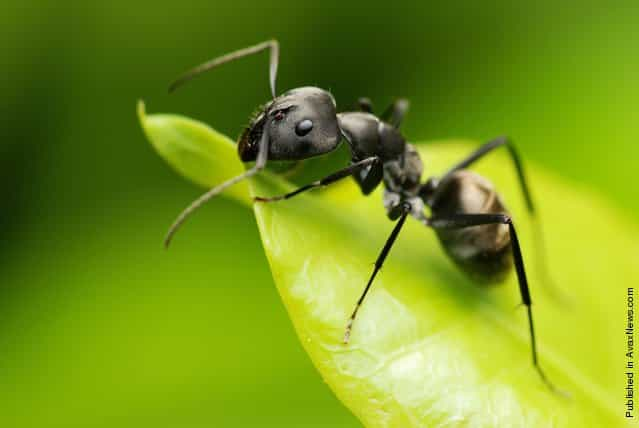
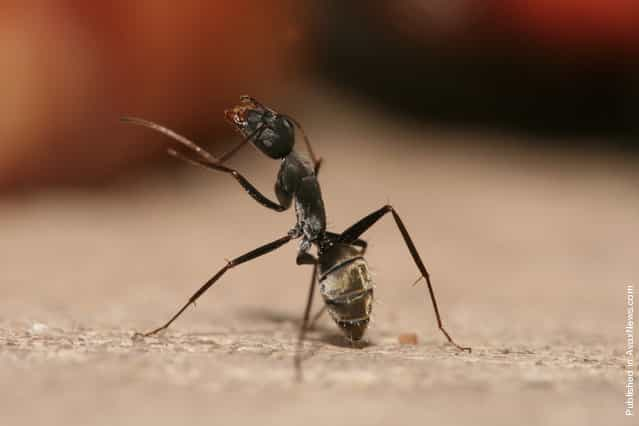

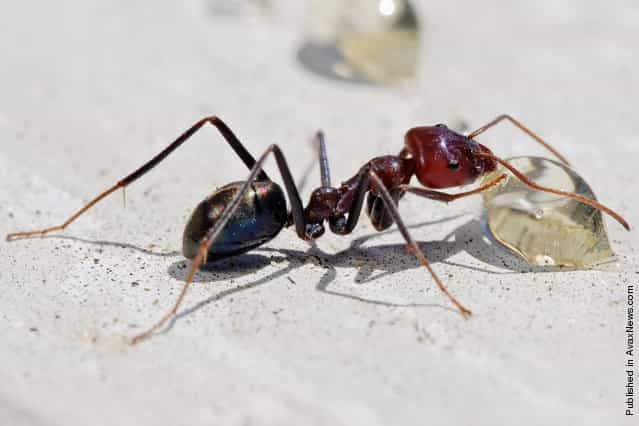
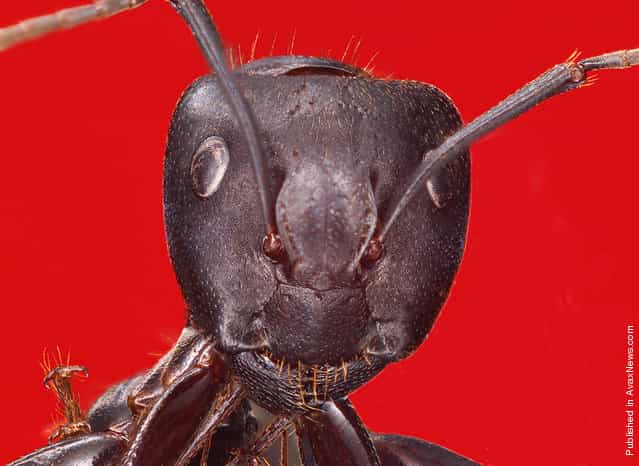

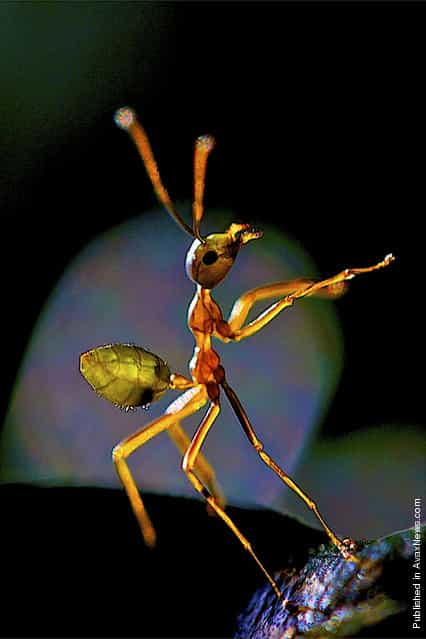
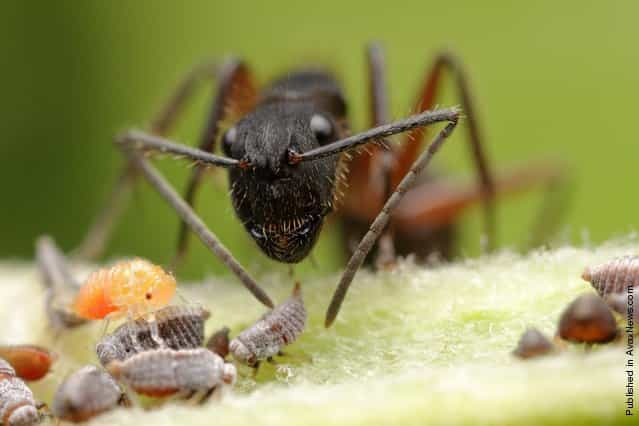
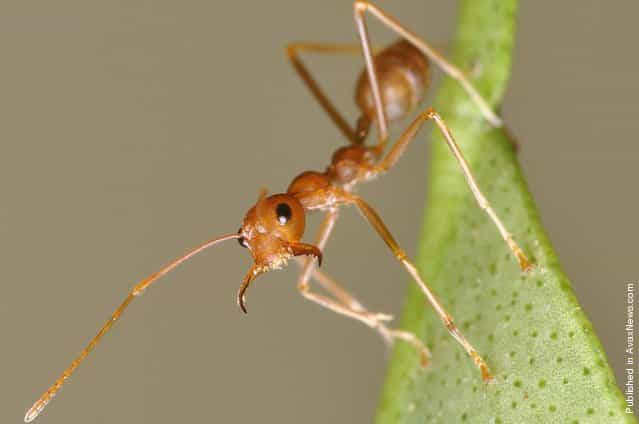
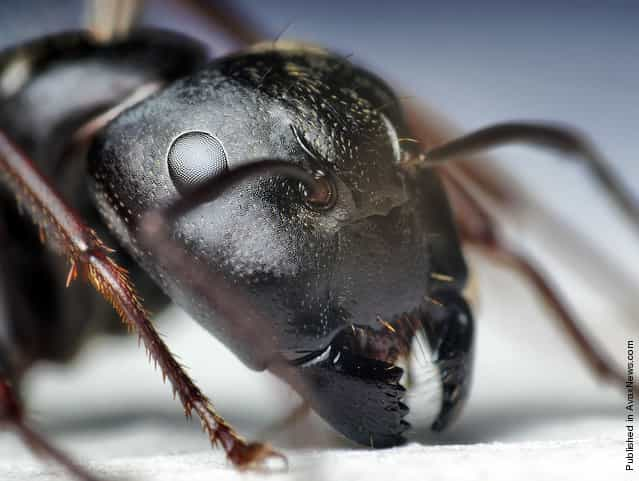
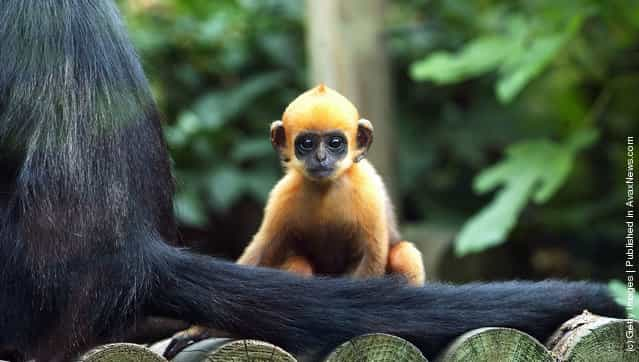
![Exclusive for AvaxNews: The [Secret] of Vladimir Lenin's Mausoleum Exclusive for AvaxNews: The [Secret] of Vladimir Lenin's Mausoleum](http://img.gagdaily.com/uploads/posts/edu/2013/short/00004697_medium.jpg)
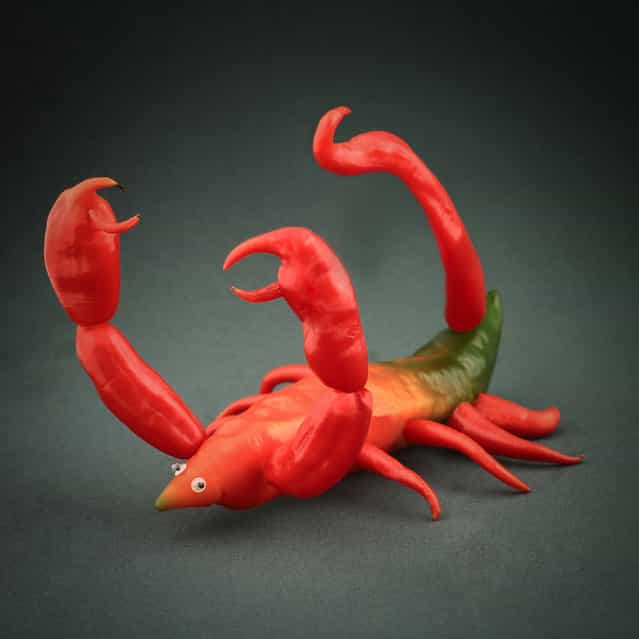
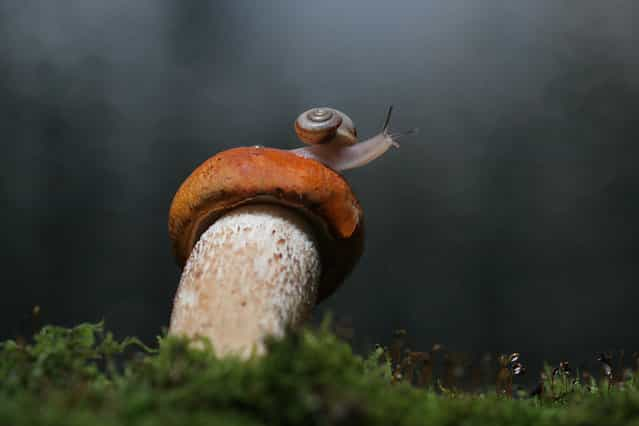
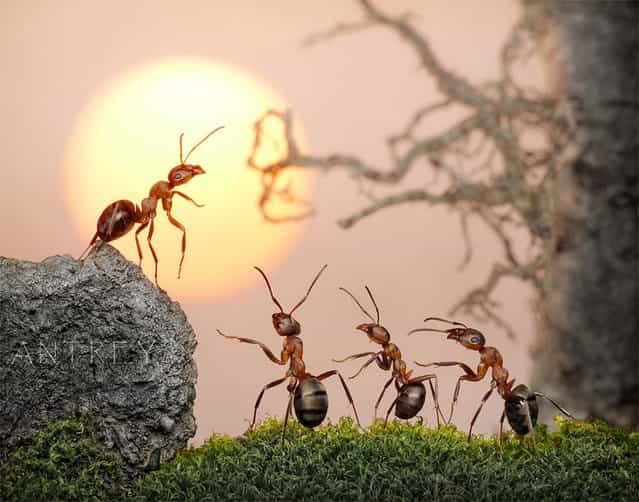
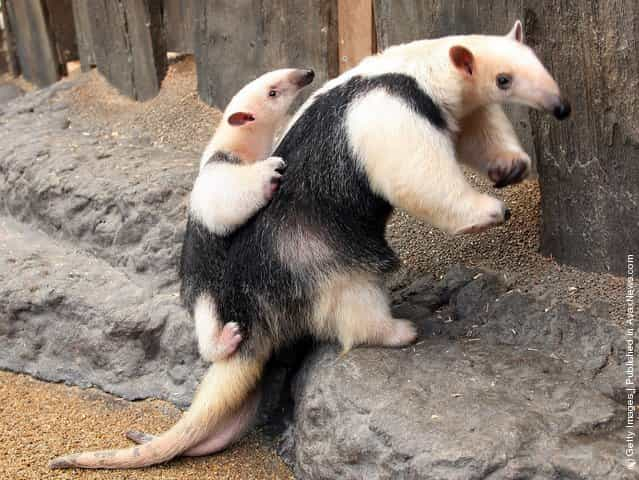
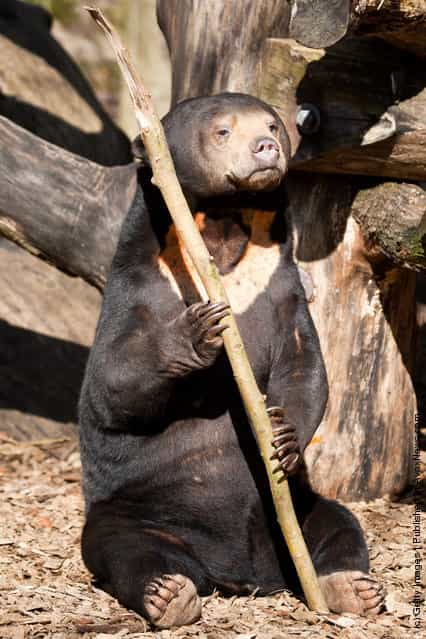


![Rare [Hybrid] Total Solar Eclipse Rare [Hybrid] Total Solar Eclipse](http://img.gagdaily.com/uploads/posts/fact/2013/short/00010c55_medium.jpg)






